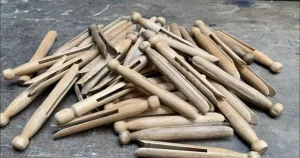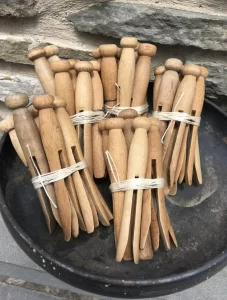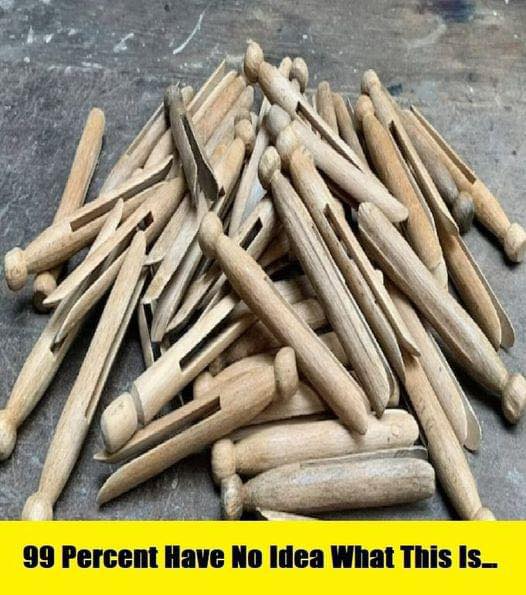“I have no idea what these are, but I found them at my grandma’s house.”
Wooden clothespins boast a rich heritage, tracing their origins to the 19th century when laundry routines demanded substantial labor and garments required airing outdoors. Originally crafted from materials like bone, metal, or horn, wooden clothespins surged in popularity owing to their cost-effectiveness and widespread availability. Early iterations were meticulously hand-carved, showcasing the craftsmanship and attention to detail of artisans who esteemed their craftsmanship.

Wooden clothespins transcend their primary purpose of hanging clothes and serve a multitude of practical functions. They double as chip bag clips, photo holders, and essential craft tools, showcasing their versatility in various settings including households, workshops, and art studios. Their enduring durability guarantees they withstand years of use, presenting an eco-conscious alternative to disposable plastic clips.







